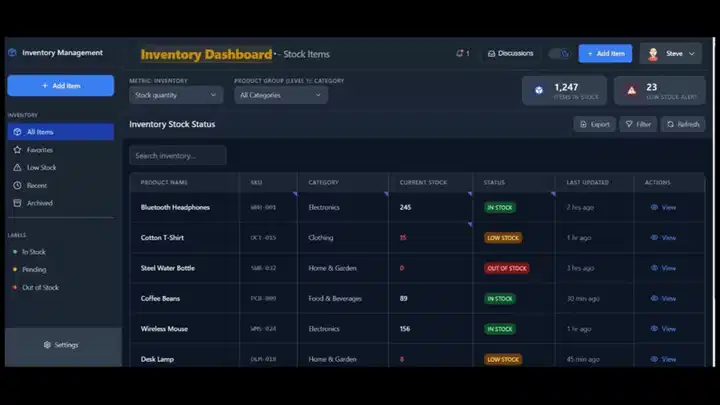These 9 new cameras could still land in 2025, according to rumors – here’s what to expect from Sony, GoPro and more
2025 is shaping up to be a blockbuster year for camera fans, with the rumor mill churning out whispers of bold upgrades, surprise revivals and entirely new designs. From pro-grade flagships to pocketable powerhouses, manufacturers seem ready to flex every bit of innovation they’ve been holding back. Nikon, Canon, Sony, DJI, Insta360 – no corner…




